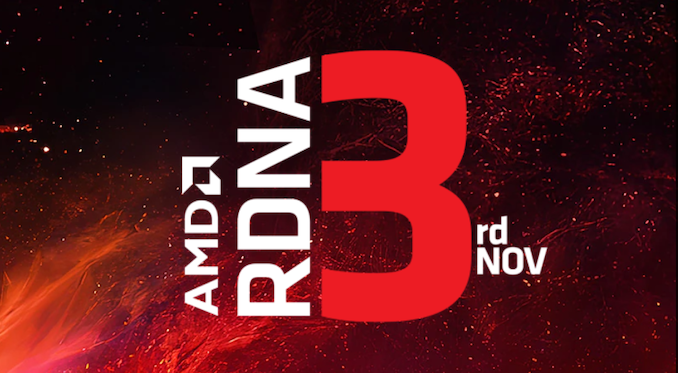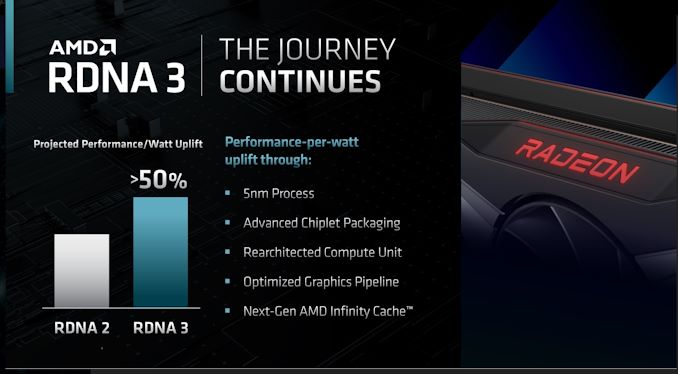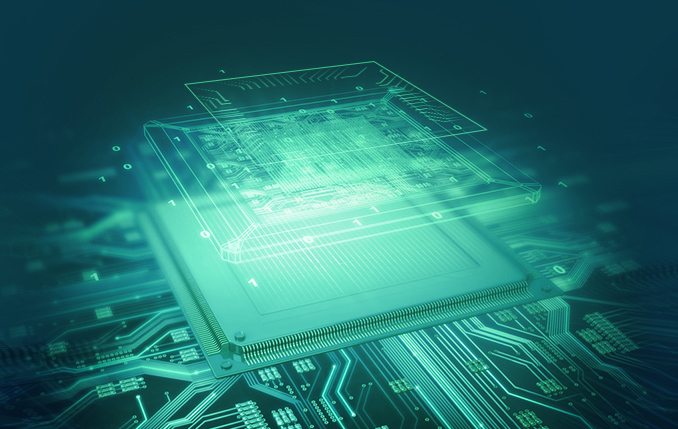AMD could have a couple of new Zen 4 processors incoming, one of which is in theory a Ryzen 7 7800X, and the other a Ryzen 3 7300X.
These Zen 4 chips have been spotted on Geekbench by Benchleaks (as VideoCardz reported, though they removed the story shortly after posting), and apparently the 7800X will make the leap to being a 10-core processor, at least if the provided specs are correct. Of course, we must treat this leak with the usual caution that should be applied to any rumor.
[GB5 CPU] Unknown CPUCPU: AMD Ryzen 7 7800X (10C 20T)Min/Max/Avg: 5195/5336/5324 MHzCodename: RaphaelCPUID: A60F12 (AuthenticAMD)Scores, vs AMD 5800XSingle: 2097, +21.4%Multi: 16163, +50.4%https://t.co/yN0iCtxQ5kOctober 26, 2022
The 7800X is seen with 10-cores and 20-threads with boost speeds shown as up to 5.4GHz.
As for the theoretical Ryzen 3 7300X, its Geekbench entry shows that it’s a quad-core CPU with boost of up to 5GHz.
What about the Geekbench results themselves? The 7800X hits 2,097 and 16,163 for single-core and multi-core respectively. That falls a touch short of the existing 7700X in the former, but comfortably outdoes that chip – by around 15% – in the latter as you might expect with a pair of extra cores for the 7800X.
The Ryzen 3 7300X achieves 1,984 and 7,682 for single-core and multi-core, which unsurprisingly leaves it bringing up the rear of the Ryzen 7000 family. It’s not too far off the Ryzen 5 7600X for single-core though, and indeed the latter is only 7% faster. (Bear in mind on both counts for the 7800X and 7300X that these are pre-release processors, so are likely not showing their full performance levels yet).
Analysis: Does a Ryzen 3 CPU for Zen 4 really make sense this early on?
A Ryzen 7800X with 10-cores would seem to be an odd choice to make, perhaps, remembering that the 5800X was a straight 8-core CPU. As we can see from the benchmarks, in this form with two extra cores, it would represent a solid step on from the 7700X and differentiate these processors more, at least in terms of multi-threaded performance.
What more eyes are likely to be on here is the 7300X, and the hopeful prospect that a Ryzen 3 CPU for the Zen 4 generation could be inbound. This is an option that some folks looking to build budget-friendly PCs have been crying out for, and didn’t get with the Ryzen 5000 range. (There was a Ryzen 5 5500 brought out earlier this year, but other than that, no Ryzen 3 silicon, and there are just Ryzen 4000 Zen 2-based chips at the lowest end of the market for AMD).
Will this Ryzen 3 7300X really happen, though? We’re not sure, and certainly there are arguments for staying skeptical here. Releasing such a chip would require AMD to redirect at least some production resources to manufacture it, obviously, and these lower-end products have vanishingly smaller profit margins compared to what’s on the table right now. So, does it really make sense to do so this early in the game for the Ryzen 7000 family?
The other possibility is to use what are basically rejects for beefier chips (with cores disabled down to a quad-core CPU), but yields are so good these days, that problematic silicon such as this has become relatively thin on the ground.
Meaning that if a Ryzen 3 7300X is coming, it most likely wouldn’t be for some time one way or another – enough time to build up the necessary chips – and what’s more, it’d probably be a limited production run too. (Such as the situation with those old budget favorites with Ryzen 3000, the Ryzen 3 3100 and 3300X, which were difficult to get hold of; more so in the latter case).
Furthermore, there’s also the consideration that jumping to Zen 4 is a pricey proposition still with the cost of the required AM5 motherboard (and DDR5 RAM), which again is another argument that any Ryzen 3 offering wouldn’t make much sense as a nearer-term thing (as an affordable chip, but with no similarly affordable mobo to complement it). Longer-term, of course, we’ll see those motherboard prices come down – and lower-end models emerge – for those looking to build a shiny new AMD-powered PC (plus DDR5 is going to drop further according to forecasts, too).
In short, we’d advise any excitement around the 7300X should be tempered with a dose of the likely reality here. But we’re not denying it’s great to see a Ryzen 3 chip floating around at this stage of the game, and the very sighting of the CPU does hold some promise for the future in terms of budget PC builds. Meanwhile, we can of course look forward to cheaper Ryzen 5000 chips as that generation filters towards the exit…
from TechRadar: computing components news https://ift.tt/xuPANQW
via IFTTT


